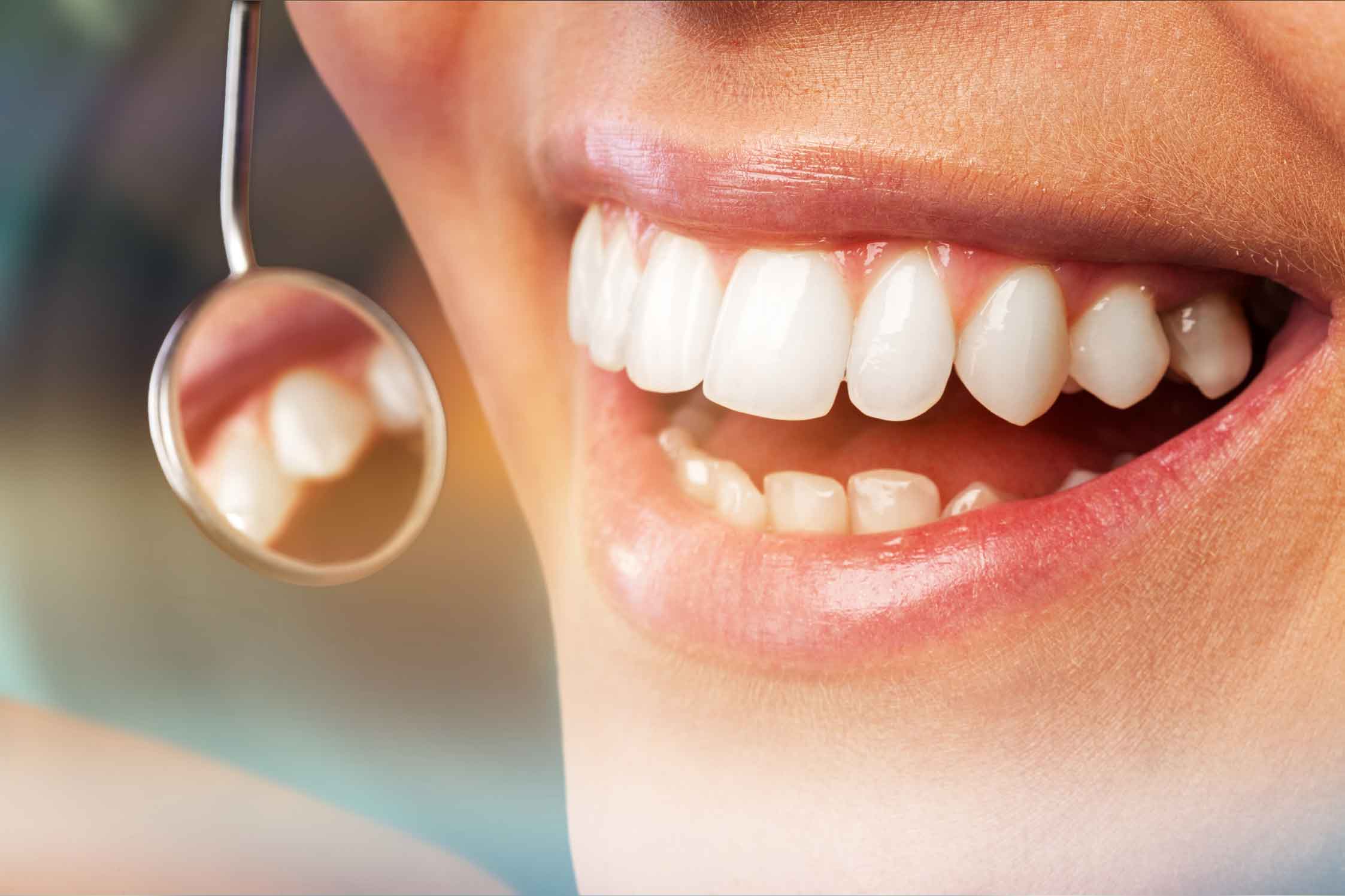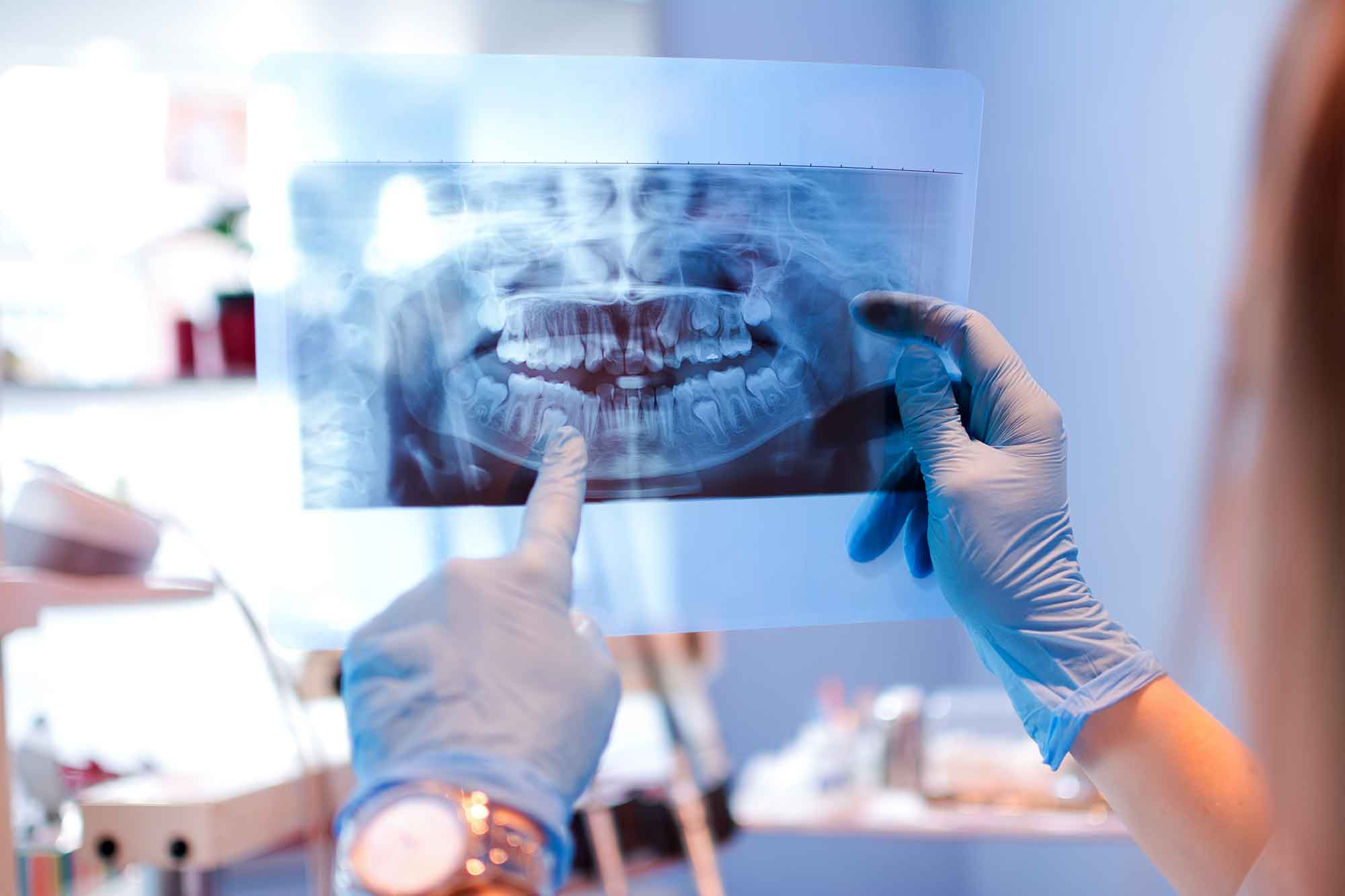Oral Surgery
The Dental Centre provides a range of oral surgical procedures to resolve the problem you are facing
Oral Surgery
The Dental Centre provides a range of oral surgical procedures to resolve the problem you are facing

Insertion of Dental Implants
An implant is a false metal root screwed into the jawbone. Implants form anchors for a crown, bridge or denture attachments.
Implants are usually inserted under local anaesthesia (an injection to make the area numb). Once the local anaesthetic injection has worked, the gum is cut and pushed back to expose the underlying bone. A hole is then drilled into the bone and the implant screwed into this hole. The gum is then put back in the right place with stitches. These stitches are usually dissolvable but may take several weeks to disappear.
Sinus Grafting
Above your molar and premolar teeth in the upper jaw on both sides lies a cavity called the maxillary sinus, or maxillary antrum. If you loose a tooth below the maxillary sinus, once the bone has healed where the tooth used to be, sometimes there is no longer adequate height of bone in which to place a dental implant into. The most predictable technique to generate extra bone height is to perform a sinus lift. This involves making a small window in the side of the sinus above where the tooth is to be replaced. The thin membrane that lines the sinus is then elevated to create a pocket into which a combination of graft material are placed. This surgery is usually performed by Dr Krynauw under local anaesthetic.

Bone Grafting
Bone grafting techniques are used in cases where we wish to place a dental implant but do not have enough volume of natural bone in the site in which to place an implant directly into. Grafting usually involves using demineralised freeze-dried bovine bone held in situ using either a collagen membrane. for larger grafts the bovine bone is mixed with some of the patient’s bone collected from the local area. The grafts are either performed 6 to 9 months prior to dental implant placement or at the same time as dental implant placement depending on the initial morphology of bone in the area.
Wisdom Teeth Removal
Wisdom teeth can frequently cause pain and infections, particularly when they are impacted. Due to wisdom teeth being the last teeth to erupt into our mouths there is often not enough room for them to fully erupt. Or they are so far back that they are difficult to access for cleaning. Over time food can become trapped and begin the rot. This creates high levels of bacteria in the area which can eventually cause decay or infections. On occasion these infections can become so bad that emergency hospital admission is required to treat the infection. Wisdom teeth are not necessary for full chewing function and often their presence does more harm than good as they can cause decay in the tooth in front of them as they are difficult to clean.
After a comprehensive consultation with Dr Krynauw, the most appropriate treatment can be chosen for you based on the complexity of the surgery and your personal preference.

Exposure of Impacted Canine
The canine, or eye tooth, normally erupts into the mouth between the ages of 11 and 13. Sometime one or both canines develop in the wrong position. Often they lie across the roof of the mouth behind the front teeth.
Because one or the other of your canines are in the wrong place as part of your on-going orthodontic treatment it is necessary to help the tooth erupt into the mouth. If left alone the tooth will not erupt normally and may either damage the roots of the front teeth or push them out of position.
Helping the tooth erupt into your mouth involves a relatively minor surgical procedure. This usually takes place under a local anaesthetic. During surgery the gum lying over the canine will be pushed back. Occasionally some of the bone surrounding the crown of the tooth also needs to be removed.
Once this canine is exposed one of three things will happen during the same appointment. What is going to happen for you will already have been discussed.
1. Bracket and Chain
A small bracket is glued to the tooth. Attached to this is a chain which your orthodontist can then use to pull the tooth into the right position. The chain is usually stitched out of the way but it is quite delicate and therefore it is important to be careful when eating for the first few weeks after surgery.
2. A Plate
Sometimes a small window will be cut in the gum over the tooth and a plastic ‘dressing’ plate put in place to cover the area. This plate is held in your mouth with clips that attach to some of your back teeth. It is important that you wear the plate all the time, except when you take it out to clean your teeth. Without the plate the gum may grow back making it difficult for the orthodontist to move the tooth into position.
3. A Pack
Sometimes a pack made from gauze soaked in an antiseptic is placed over the tooth after it is exposed. The pack is kept in position with stitches and removed after a few weeks. You must be careful not to dislodge the pack. If this happens you should contact the department for advice. Sometimes it is necessary to hold the gum back in the right position with stitches at the end of the operation. These are usually dissolvable and take about two weeks to disappear.

Gum Grafting
A gum graft is a type of dental surgery performed to correct the effects of gum recession. It is a quick and relatively simple surgery in which a periodontist removes healthy gum tissue from the roof of the mouth and uses it to build the gum back up where it has receded.
There is a variety of gum grafts available, and the type of surgery undertaken depends on the extent and severity of damage and a person’s individual needs. A periodontist will discuss the different types of surgery available with the person to decide which option is the most suitable.
Before starting the gum graft, the periodontist will administer a local anaesthetic to numb the area so that the procedure does not hurt. They may also lift some of the existing gum away to expose the root of the tooth and clean it. The three different types of gum graft surgery are:
1. Connective Tissue Graft
This removes tissue from the roof of the mouth by making a flap and taking tissue from underneath the top layer. Then the periodontist stitches the flap on the roof of the mouth from where they took the tissue
2. Free Gingival Grafts
This is the preferred method for people with thin gums who require extra tissue to enlarge the gums. The periodontist will remove the tissue directly from the top layer of tissue on the roof of the mouth. Then they will stitch the tissue to the existing gum
3. Pedicle (Lateral) Grafts
This is the preferred method for people who have lots of gum tissue growing near the exposed tooth. In this procedure, the periodontist will graft the tissue from the gum around or near the tooth requiring treatment. They will only partially cut away this tissue, keeping one edge attached. They then stretch the tissue over or down, covering the exposed tooth rot and hold it in place with stitches
Corronectomy
In the coronectomy technique, the crown of the wisdom tooth is removed, leaving the tooth roots behind in an attempt to minimise the risk of nerve damage.
Lower wisdom teeth can lie close to the nerve inside the jawbone which supplies the feeling but not the movement to the lower lip and chin. We can see this nerve on a normal X-Ray radiograph, but sometimes a special cross sectional scan called a cone beam CT is also taken to give a 3D picture of the relationship of the nerve to the tooth roots.
If the roots of your lower wisdom tooth are judged to be particularly close to the adjacent sensory nerve, then you may be offered a coronectomy instead of a complete removal of the whole tooth. Intentionally leaving the roots behind reduces the risk of bruising or stretching of the nerve. This can significantly reduce the risk of permanent lip, chin, cheek, gums and tongue numbness or tingling that can happen after wisdom tooth removal. There are only certain situations where this procedure is recommended. If the tooth is decayed or has a nerve present which has died, the roots will not be healthy and cannot be left behind.

Ridge Preservation
The resorption of bone following extraction may present a significant problem in implant and restorative dentistry. Ridge preservation is a technique whereby the amount of bone loss is limited.
Prerequisites for successful implant therapy are integration of the implant, ideal implant position and appropriate hard and soft contours. These require sufficient alveolar bone volume and favourable ridge architecture coupled with an appropriate surgical technique. However, following extraction of teeth the alveolar ridge resorbs, the rate of which may vary between sites and subjects. This may result in inadequate bone volume and unfavourable ridge architecture for dental implant placement.
“
Amazing first experience. Totally put at ease by all staff, and my examination was done brilliantly. Straight talking and professional, yet very easy talking and calming at the same time. I left with no doubts as what the next steps would be. Thank you all.
Nigel Phelps
“


